43 can you label the way nucleotides pair up in replicating dna?
Junqueira's Basic Histology Text and Atlas, 14th Edition Junqueira's Basic Histology Text and Atlas, 14th Edition Chapter 14. DNA Replication - Introduction to Molecular and Cell Biology The number of DNA polymerases in eukaryotes is much more than prokaryotes: 14 are known, of which five are known to have major roles during replication and have been well studied. They are known as pol α, pol β, pol γ, pol δ, and pol ε. The essential steps of replication are the same as in prokaryotes.
DNA - replication - chemguide This is all under the control of a number of enzymes, one of which (DNA polymerase) is responsible for joining up nucleotides along the chain in this way. Now suppose the same sort of thing happened at the top of the right-hand strand. You would end up with . . . Now compare the double strands that you are forming on the left- and right-hand sides.

Can you label the way nucleotides pair up in replicating dna?
blogs.scientificamerican.com › brainwaves › why-lifeWhy Life Does Not Really Exist - Scientific American Blog Network Dec 02, 2013 · In addition to making more RNA, ribozymes may have joined nucleotides into chains of DNA; nucleotides may have spontaneously formed DNA as well. Either way, DNA replaced RNA as the main ... Base pairing - Structure of DNA - Higher Biology Revision - BBC The nucleotides are identical except for the base, which can be an adenine, thymine, guanine or cytosine. There are chemical cross-links between the two strands in DNA, formed by pairs of bases... Biochemistry PDF | PDF | Cell (Biology) | Biochemistry - Scribd RNA can also be altered by having its nucleotides modified to other nucleotides than A, C, G and U. In eukaryotes, modifications of RNA nucleotides are generally directed by small nucleolar RNAs (snoRNA; 60-300nt),[28] found in the Uridine to pseudouridine is a common RNA modification. nucleolus and cajal bodies. snoRNAs associate with enzymes and guide them to …
Can you label the way nucleotides pair up in replicating dna?. Chapter 10 Core Content Flashcards | Quizlet Can you label the way nucleotides pair up in replicating DNA? To review DNA replication, watch this BioFlix animation: DNA Replication. Drag the labels onto the diagram to identify how nucleotides pair up. Labels can be used once, more than once, or not at all. A pairs with T G pairs with C Which of the following build (s) new strands of DNA? en.wikipedia.org › wiki › PlasmidPlasmid - Wikipedia A plasmid is a small, extrachromosomal DNA molecule within a cell that is physically separated from chromosomal DNA and can replicate independently. They are most commonly found as small circular, double-stranded DNA molecules in bacteria; however, plasmids are sometimes present in archaea and eukaryotic organisms. DNA Replication Steps and Process - ThoughtCo Step 1: Replication Fork Formation. Before DNA can be replicated, the double stranded molecule must be "unzipped" into two single strands. DNA has four bases called adenine (A), thymine (T), cytosine (C) and guanine (G) that form pairs between the two strands. Adenine only pairs with thymine and cytosine only binds with guanine. BioFlix Activity DNA Replication Nucleotide Pairing Can you label the ... The solution on the right is acidic relative to the solution on the left. The solution on the right is neutral relative to the solution on the left. Part A - Nucleotide pairing Drag the labels onto the diagram to identify how nucleotides pair up. Labels can be used once, more than once, or not at all.
mastering ch 10 Flashcards | Quizlet -DNA can change. Errors in copying can result in changes in the DNA sequence that could be inherited by future generations. -.DNA stores genetic information in the sequence of its bases. -DNA can be replicated by making complementary copies of each strand. In the accompanying image, a nucleotide is indicated by the letter _____. B. › doc › 123745376Biochemistry PDF | PDF | Cell (Biology) | Biochemistry - Scribd Nucleic acids Nucleic acids are the molecules that make up DNA, an extremely important substance that all cellular organisms use to store their genetic information. The most common nucleic acids are deoxyribonucleic acid and ribonucleic acid. Their monomers are called nucleotides. DNA structure and replication review (article) | Khan Academy DNA replication is semi-conservative. This means that each of the two strands in double-stranded DNA acts as a template to produce two new strands. Replication relies on complementary base pairing, that is the principle explained by Chargaff's rules: adenine (A) always bonds with thymine (T) and cytosine (C) always bonds with guanine (G). › science › articleTherapeutic cancer vaccines: From biological mechanisms and ... Both mRNA and DNA are taken up by cells and eventually translated into protein antigens APCs present to activate T cells. Cellular vaccines depend on patient-derived cells to deliver isolated tumor cells that are killed, or the patient’s DCs are activated in vitro with purified tumor antigens before reinjection. All therapeutic cancer vaccine ...
DNA replication - Structure and replication of DNA - BBC Bitesize DNA replication Stage one. ... DNA polymerase adds the free DNA nucleotides to the 3' end of the primer. This uses complementary base pairing (A-T and C-G): Success Essays - Assisting students with assignments online You can contact us any time of day and night with any questions; we'll always be happy to help you out. Free Features. $15.99 Plagiarism report. $7.99 Formatting. $4.99 Title page. $10.91 The best writer. $3.99 Outline. $21.99 Unlimited Revisions. Get … Ch 10 HW (part A).pdf - Ch 10 HW (part A) 1 of 24... - Course Hero ANSWER: BioFlix Activity: DNA Replication -- Nucleotide Pairing Can you label the way nucleotides pair up in replicating DNA? To review DNA replication, watch this BioFlix animation: DNA Replication. Part A - Nucleotide pairing Drag the labels onto the diagram to identify how nucleotides pair up. Labels can be used once, more than once, or not ... Solved T-Mobile LTE 1:01 PM @ 39%. | Chegg.com To review DNA replication, watch this BioFlix animation: DNAReplication. Part A- Nucleotide pairing Drag the labels onto the diagram to identify how nucleotides pair up. Labels can be used o more than once, or not at all Both parental DNA as This problem has been solved! See the answer Show transcribed image text Expert Answer 100% (42 ratings)
Mastering Bio Chapter 10 Flashcards | Quizlet DNA contains the nitrogenous base uracil. Drag the labels onto the diagram to identify how nucleotides pair up. Labels can be used once, more than once, or not at all. T A G C Short segments of newly synthesized DNA are joined into a continuous strand by _____. ligase After DNA replication is completed, _____.
Advances in COVID-19 mRNA vaccine development 23.3.2022 · To date, the coronavirus disease 2019 (COVID-19) caused by severe acute respiratory syndrome coronavirus 2 (SARS-CoV-2) has determined 399,600,607 cases and 5,757,562 deaths worldwide. COVID-19 is ...
Cells Can Replicate Their DNA Precisely | Learn Science at ... - Nature The initiation of DNA replication occurs in two steps. First, a so-called initiator protein unwinds a short stretch of the DNA double helix. Then, a protein known as helicase attaches to and breaks...
Plasmid - Wikipedia In order for plasmids to replicate independently within a cell, they must possess a stretch of DNA that can act as an origin of replication.The self-replicating unit, in this case, the plasmid, is called a replicon.A typical bacterial replicon may consist of a number of elements, such as the gene for plasmid-specific replication initiation protein (Rep), repeating units called iterons, …
en.wikipedia.org › wiki › HelicaseHelicase - Wikipedia With the use of specialized mathematical equations, some of these assays can be utilized to determine how many base paired nucleotides a helicase can break per hydrolysis of 1 ATP molecule. Commercially available diagnostic kits are also available. One such kit is the "Trupoint" diagnostic assay from PerkinElmer, Inc. This assay is a time ...
mRNA-lipid nanoparticle COVID-19 vaccines: Structure and … 15.5.2021 · Typically, they consist of 9 kb mRNA nucleotides compared to 2–4 kb for non-replicating mRNA vaccines. The SAM vaccine candidates were developed with the intent of forgoing the typical ‘prime-boost’ regimen of a two-dose strategy and instead focusing on a single injection per recipient.
Animation: DNA Replication (Quiz 1) - McGraw Hill Education Which of the following are limitations of DNA polymerase? A) it can only add bases to the exposed 5' end of a pre-existing strand: B) it can only replicate the leading strand: C) ... DNA replication results in two identical daughter molecules each consisting of one old (original) strand and one newly-synthesized strand. A) True: B)
› articles › s41392/022/00950-yAdvances in COVID-19 mRNA vaccine development | Signal ... Mar 23, 2022 · Naturally occurring modified nucleosides are found in mRNAs in humans. 155 The host immune system can easily recognize unmodified mRNA or by-products formed during IVT of engineered mRNA as ...
Chapter 10.pdf - 7/9/22, 7:26 AM Chapter 10 Chapter 10 Due:... ANSWER: Correct mRNA attaches to the small subunit of a ribosome at the beginning of translation.Anticodon Ribosomes Amino acids tRNA DNA A modified guanine nucleotide is added to the beginning of the RNA strand as a cap. Segments of the RNA strand that do not actually code for the protein are removed.
DNA replication - Wikipedia To begin synthesis, a short fragment of RNA, called a primer, must be created and paired with the template DNA strand. DNA polymerase adds a new strand of DNA by extending the 3′ end of an existing nucleotide chain, adding new nucleotides matched to the template strand one at a time via the creation of phosphodiester bonds.
Biology 1005 - Chapter 6 DNA: The Molecule of Life - Quizlet 1. DNA Only : Deoxyribose sugar, thymine base, double-stranded. 2. RNA Only: Ribose sugar, single-stranded, uracil base. 3. Both DNA & RNA: phosphate, guanine base, nucleotides. The cellular processes that results in the production of protein begin in the _____ , where the DNA resides. There, the process of _____ creates a molecule of RNA from ...
Molecular Biology, Robert Weaver, 5th Edition - Academia.edu Applications of recombinant DNA technology in gastrointestinal medicine and hepatology: Basic paradigms of molecular cell biology. Part C: Protein synthesis and post-translational processing in …
DNA Base Pairs and Replication | Biology for Majors I - Lumen Learning Specific base pairing in DNA is the key to copying the DNA: if you know the sequence of one strand, you can use base pairing rules to build the other strand. Bases form pairs (base pairs) in a very specific way. Figure 8 shows how A (adenine) pairs with T (thymine) and G (guanine) pairs with C (cytosine).
Mastering Microbiology Chapter 8 Flashcards | Quizlet 1. double stranded DNA is unwound by helicase 2. proteins bind to the DNA in order to stabilize the single strands 3. Primase synthesizes an RNA primer 4. Hydrogen bonds form between the complementary bases 5. DNA polymerase catalyzes formation of a sugar-phosphate bond between neighboring nucleotides
Helicase - Wikipedia One label is a fluorescent lanthanide chelate, which serves as the label that is monitored through an adequate 96/384 well plate reader. The other label is an organic quencher molecule. The basis of this assay is the "quenching" or repressing of the lanthanide chelate signal by the organic quencher molecule when the two are in close proximity – as they would be when the DNA …
Chapter 9 DNA Flashcards | Chegg.com The ______ is a viral life cycle in which the virus inserts its genome into the genome of its host, where it may remain dormant for long periods. Lysogenic cycle. Hershey and Chase's experiment worked only because ____. viruses consist only of proteins and DNA and only the DNA was injected into the host cells. During DNA replication, _____.
Why Life Does Not Really Exist - Scientific American Blog Network 2.12.2013 · Why Life Does Not Really Exist. I have been fascinated with living things since childhood. Growing up in northern California, I spent a lot of …
DNA Replication - Genome.gov DNA replication is the process by which the genome's DNA is copied in cells. Before a cell divides, it must first copy (or replicate) its entire genome so that each resulting daughter cell ends up with its own complete genome. Narration 00:00 … DNA replication is probably one of the most amazing tricks that DNA does.
Paired DNA Strands - HHMI BioInteractive Description This animation describes the general structure of DNA: two strands of nucleotides that pair in a predictable way. DNA is well-known for its double helix structure. The animation untwists the double helix to show DNA as two parallel strands. Each strand is made up of a sequence of four nucleotides, A, C, G, and T.
9.2 DNA Replication - Concepts of Biology - 1st Canadian Edition This is accomplished by the process of DNA replication. The replication of DNA occurs during the synthesis phase, or S phase, of the cell cycle, before the cell enters mitosis or meiosis. The elucidation of the structure of the double helix provided a hint as to how DNA is copied. Recall that adenine nucleotides pair with thymine nucleotides ...
Replication of DNA - Higher Biology Revision - BBC Bitesize DNA polymerase will add the free DNA nucleotides using complementary base pairing (A-T and C-G) to the 3' end of the primer this will allow the new DNA strand to form. Adenine pairs with thymine,...
Chapter 9: DNA Replication - Chemistry - Western Oregon University After completion of DNA replication, the newly synthesized genomes are separated and segregated to daughter cells. Table 9.1 Enzymes involved in DNA Replication in the prokaryote, E. coli. Figure 9.4 General Overview of a DNA Replication Fork. At the origin of replication, topoisomerase II relaxes the supercoiled chromosome.
› 42698231 › Molecular_BiologyMolecular Biology, Robert Weaver, 5th Edition - Academia.edu Applications of recombinant DNA technology in gastrointestinal medicine and hepatology: Basic paradigms of molecular cell biology. Part C: Protein synthesis and post-translational processing in eukaryotic cells
Therapeutic cancer vaccines: From biological mechanisms and … Both mRNA and DNA are taken up by cells and eventually translated into protein antigens APCs present to activate T cells. Cellular vaccines depend on patient-derived cells to deliver isolated tumor cells that are killed, or the patient’s DCs are activated in vitro with purified tumor antigens before reinjection.
DNA Replication Mechanisms - Molecular Biology of the Cell - NCBI Bookshelf Base-Pairing Underlies DNA Replication and DNA Repair. As discussed briefly in Chapter 1, DNA templating is the process in which the nucleotide sequence of a DNA strand (or selected portions of a DNA strand) is copied by complementary base-pairing (A with T, and G with C) into a complementary DNA sequence ().This process entails the recognition of each nucleotide in the DNA template strand by ...
Biochemistry PDF | PDF | Cell (Biology) | Biochemistry - Scribd RNA can also be altered by having its nucleotides modified to other nucleotides than A, C, G and U. In eukaryotes, modifications of RNA nucleotides are generally directed by small nucleolar RNAs (snoRNA; 60-300nt),[28] found in the Uridine to pseudouridine is a common RNA modification. nucleolus and cajal bodies. snoRNAs associate with enzymes and guide them to …
Base pairing - Structure of DNA - Higher Biology Revision - BBC The nucleotides are identical except for the base, which can be an adenine, thymine, guanine or cytosine. There are chemical cross-links between the two strands in DNA, formed by pairs of bases...
blogs.scientificamerican.com › brainwaves › why-lifeWhy Life Does Not Really Exist - Scientific American Blog Network Dec 02, 2013 · In addition to making more RNA, ribozymes may have joined nucleotides into chains of DNA; nucleotides may have spontaneously formed DNA as well. Either way, DNA replaced RNA as the main ...
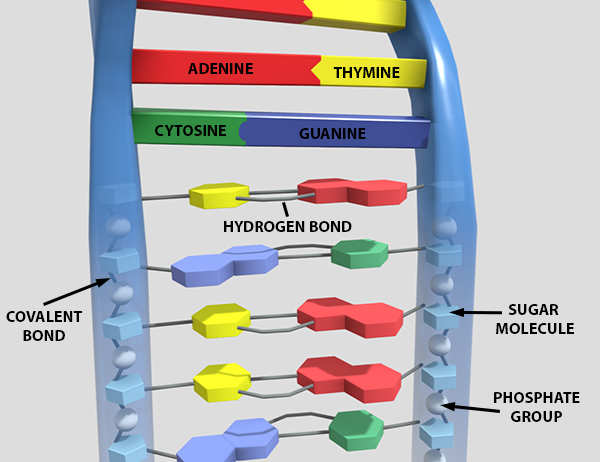
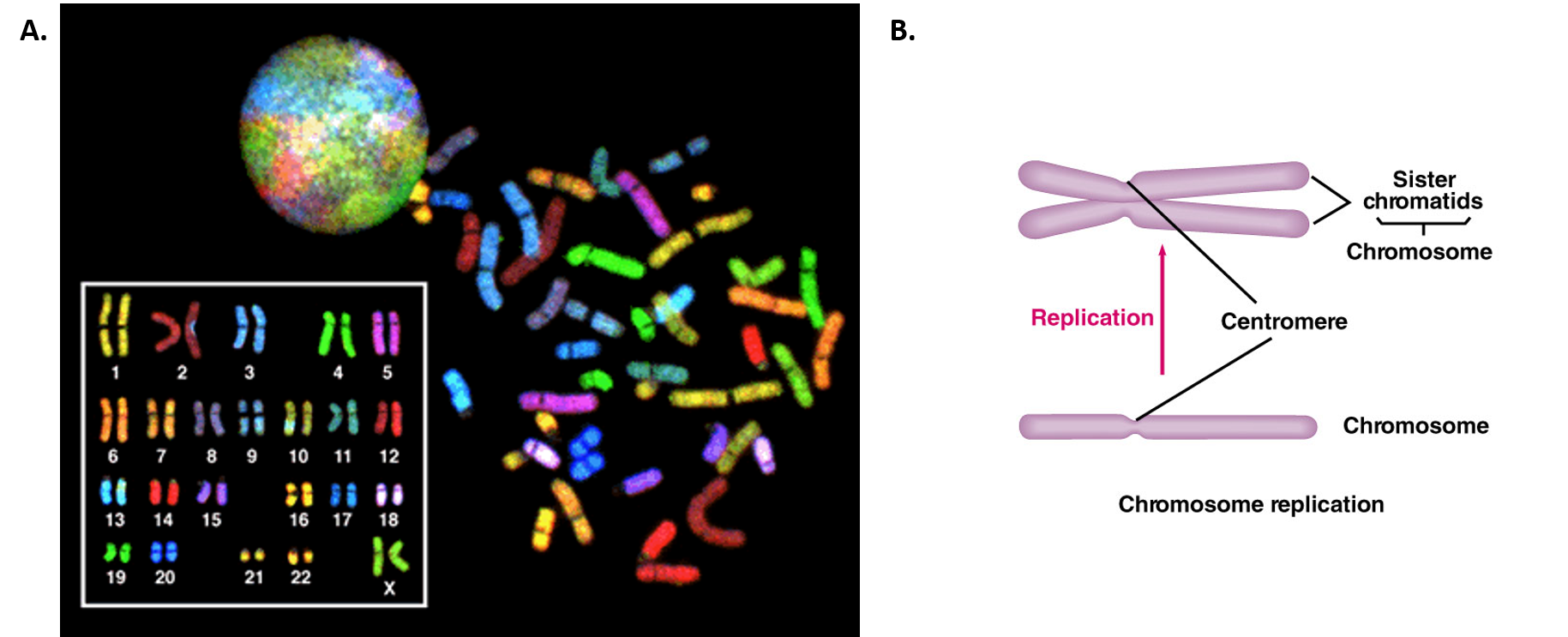
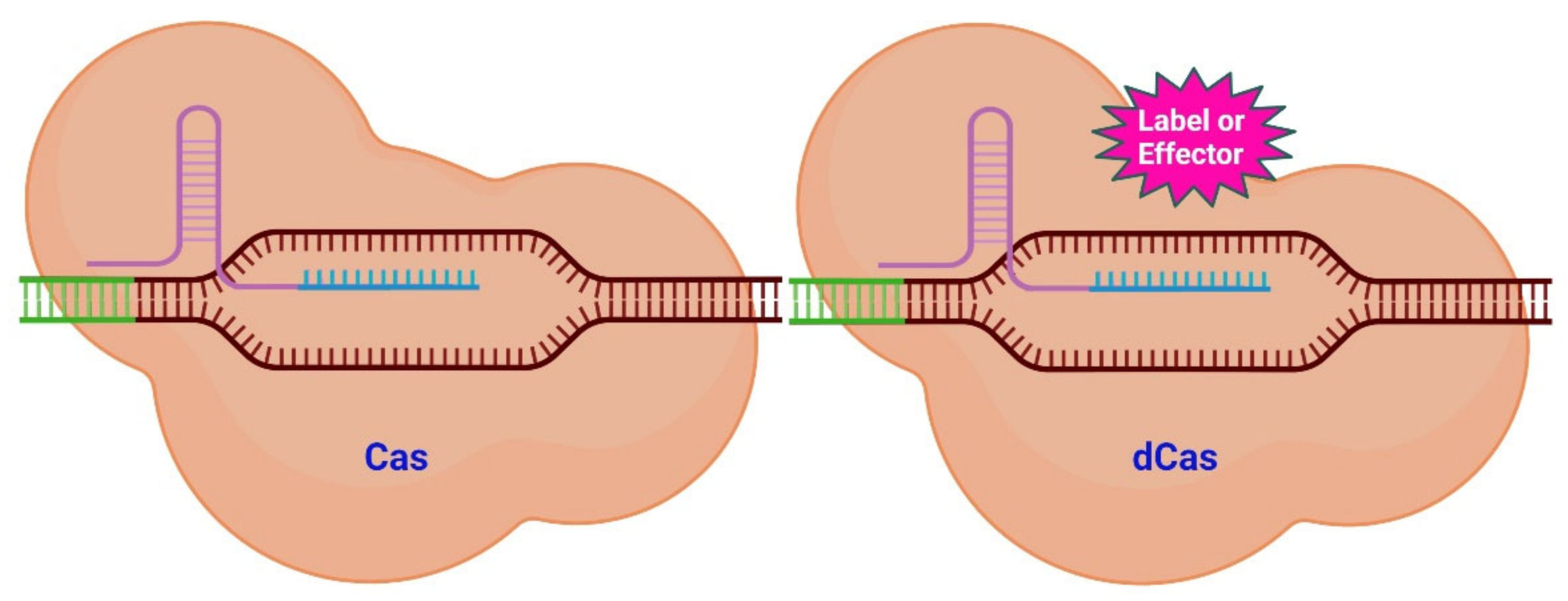
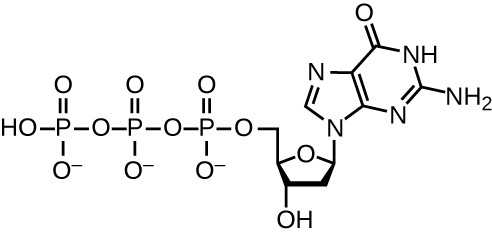
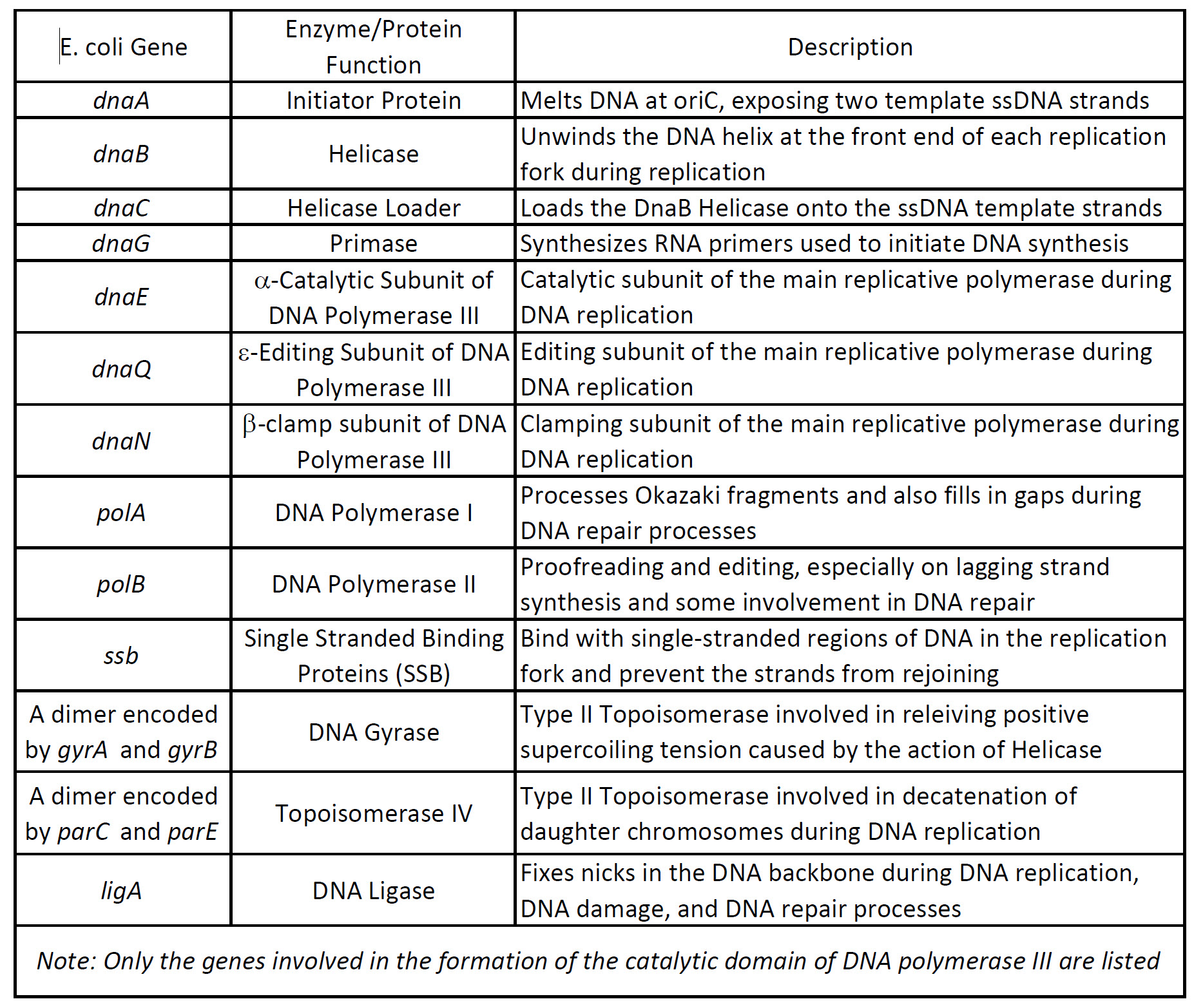
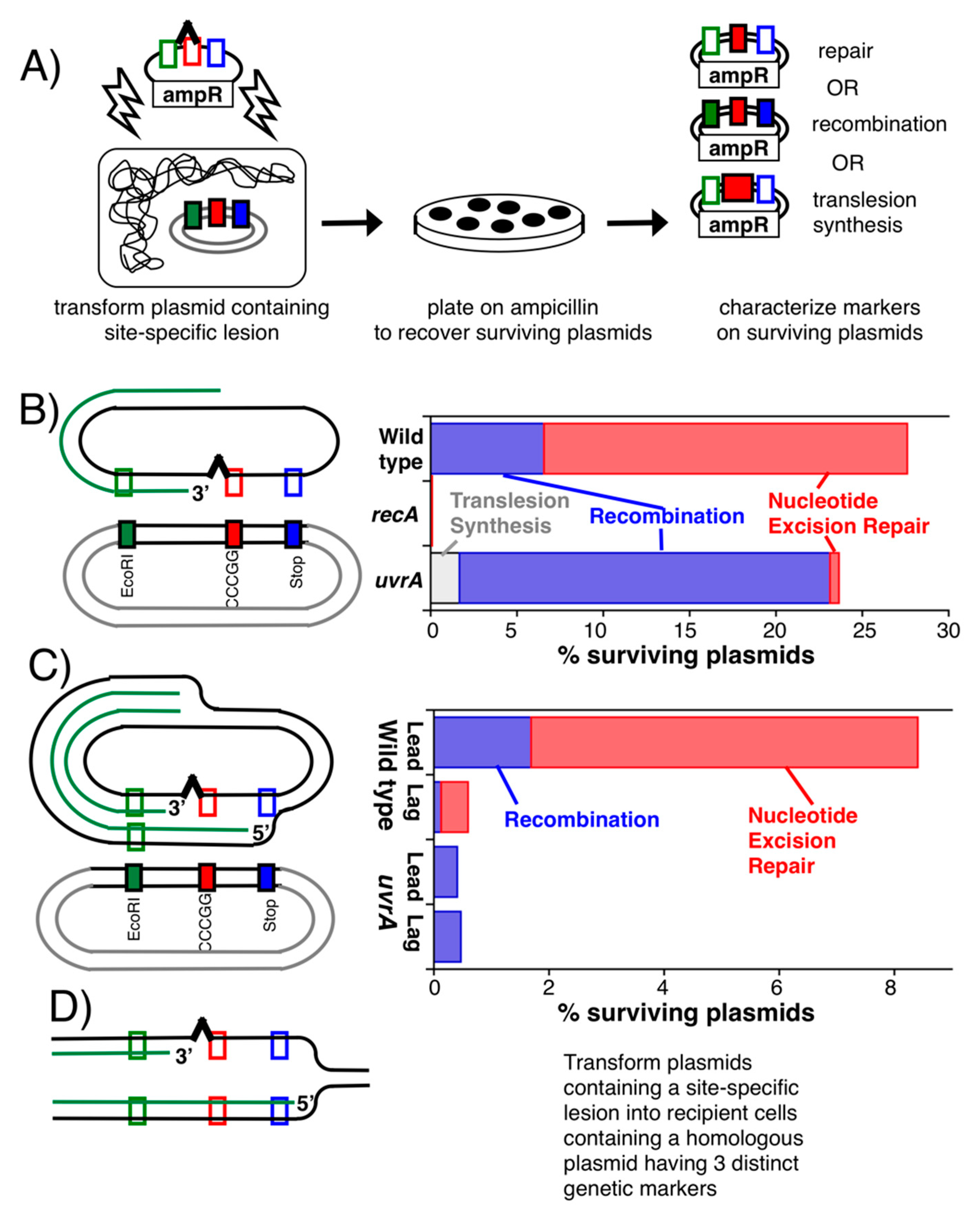

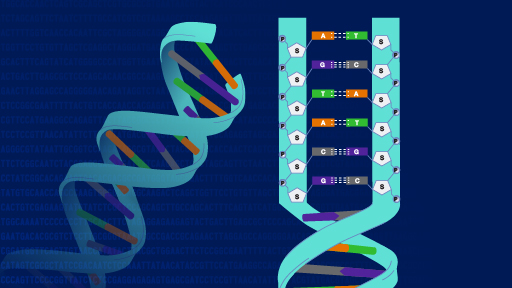

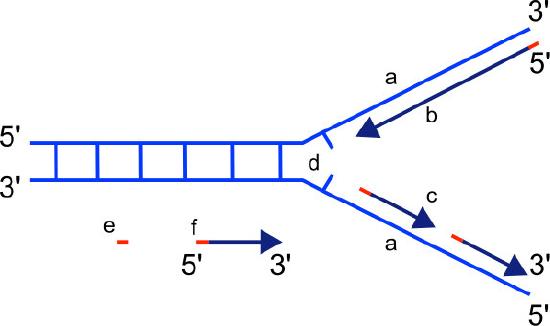
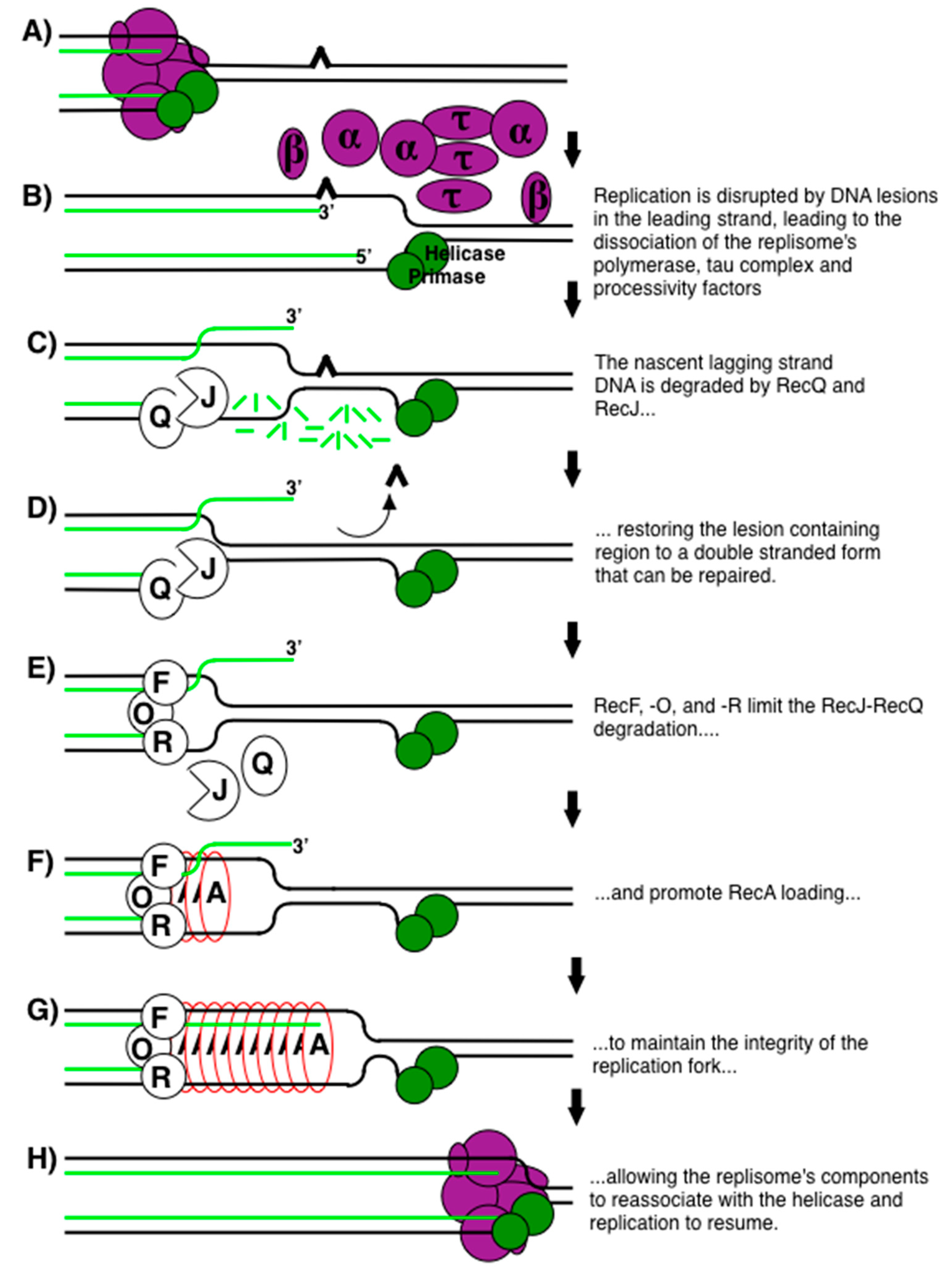
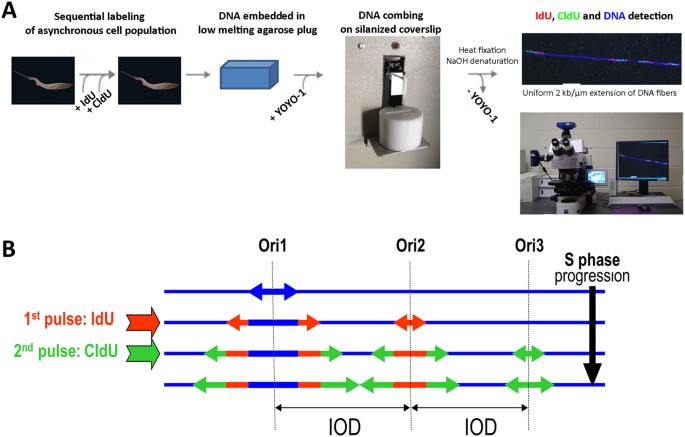

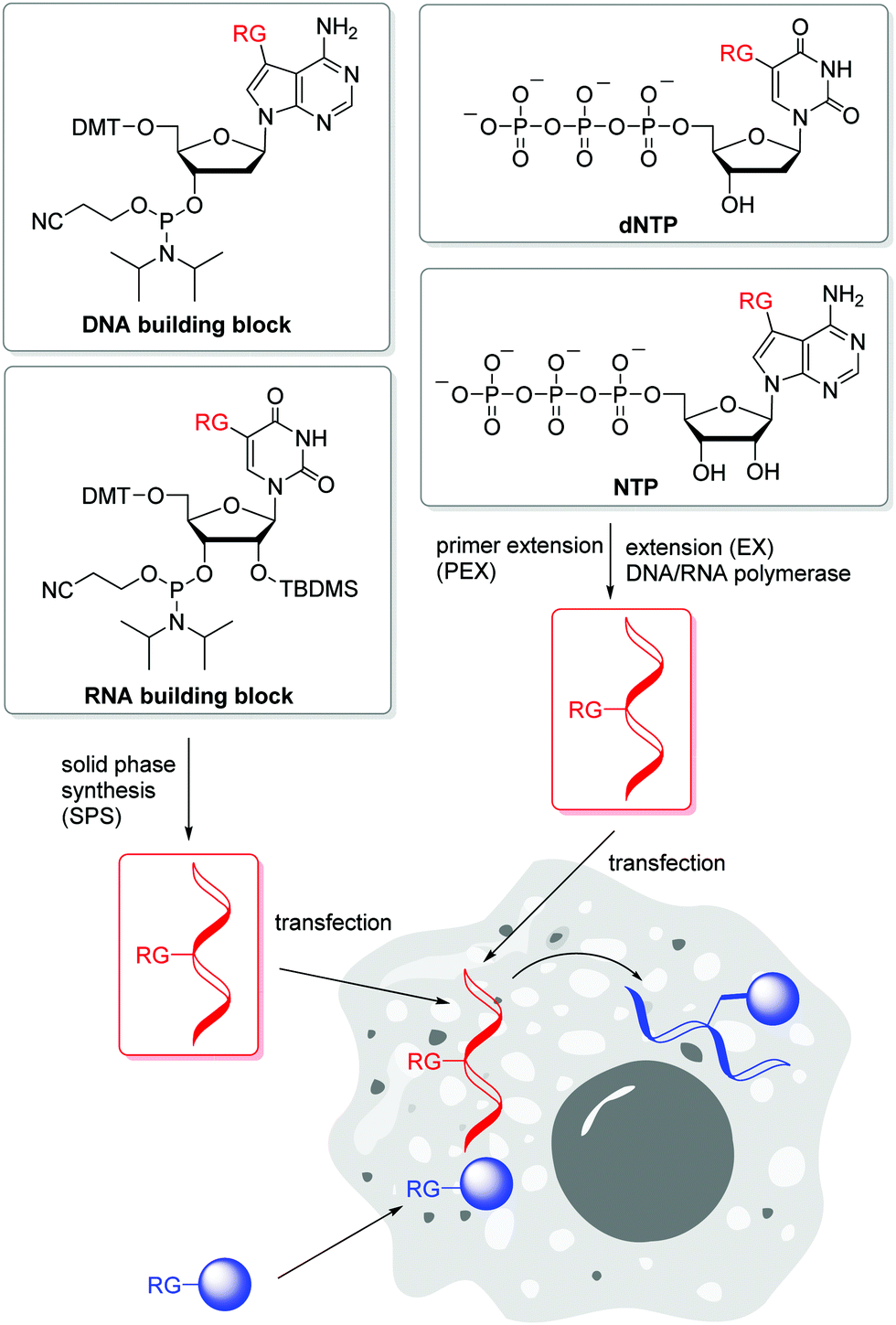

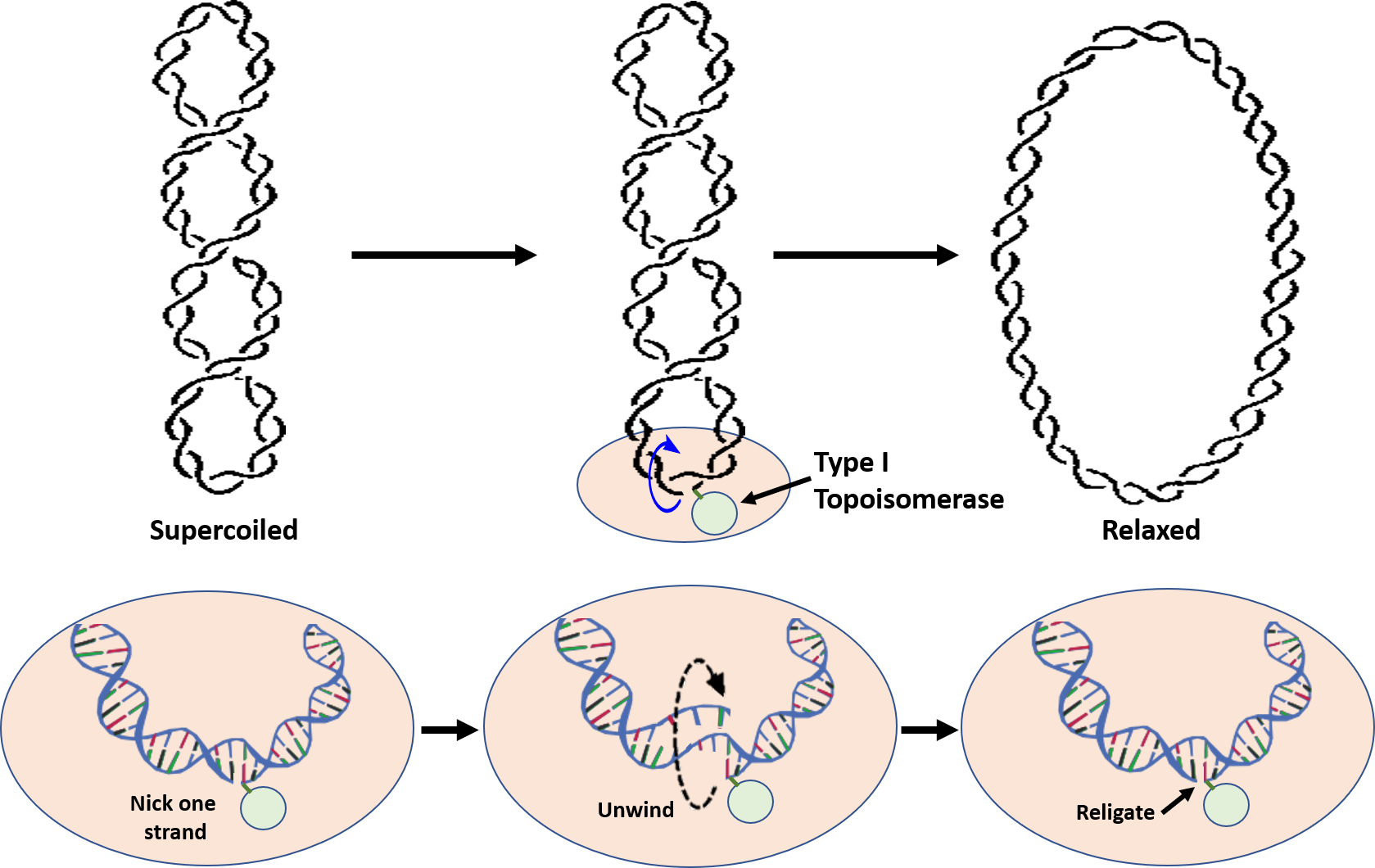


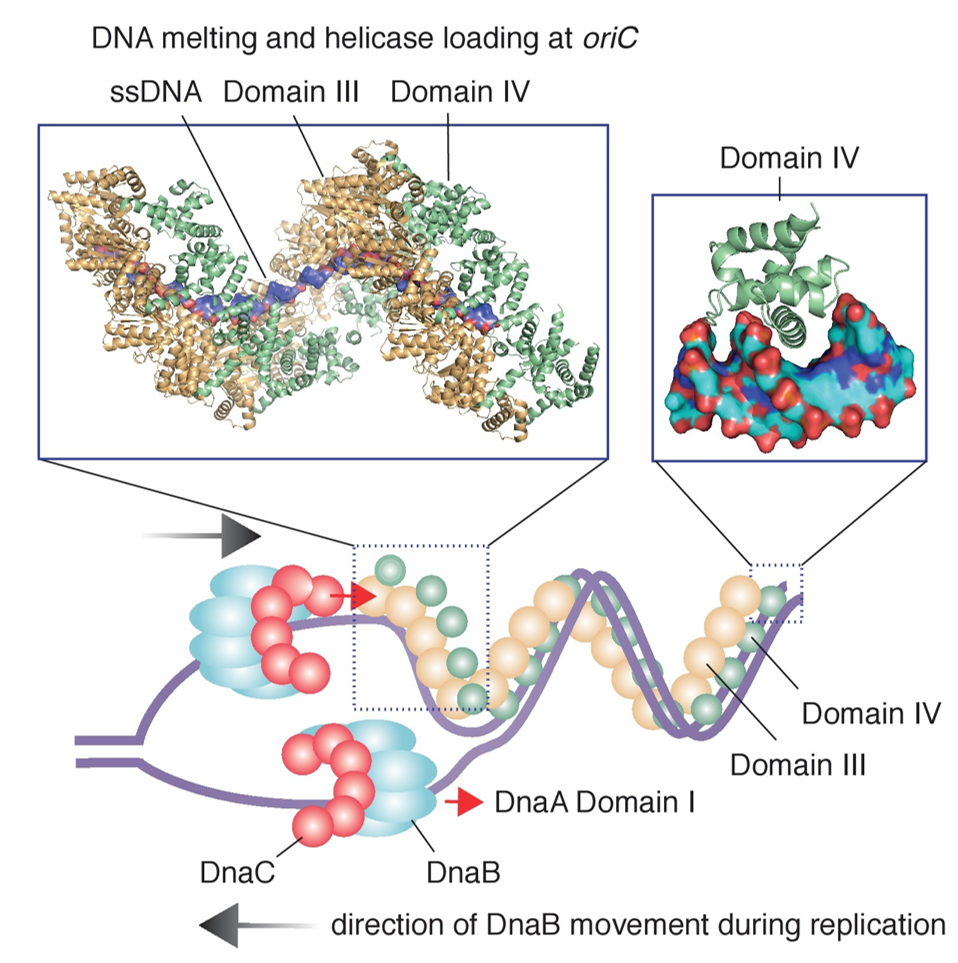

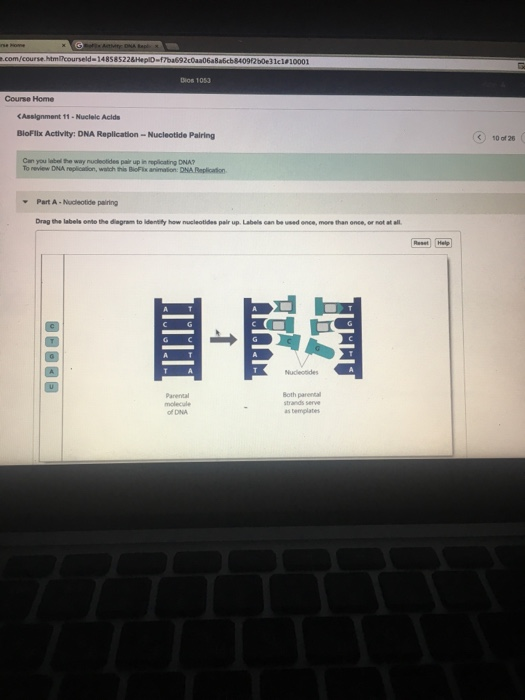

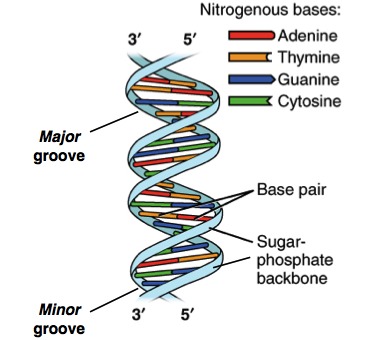

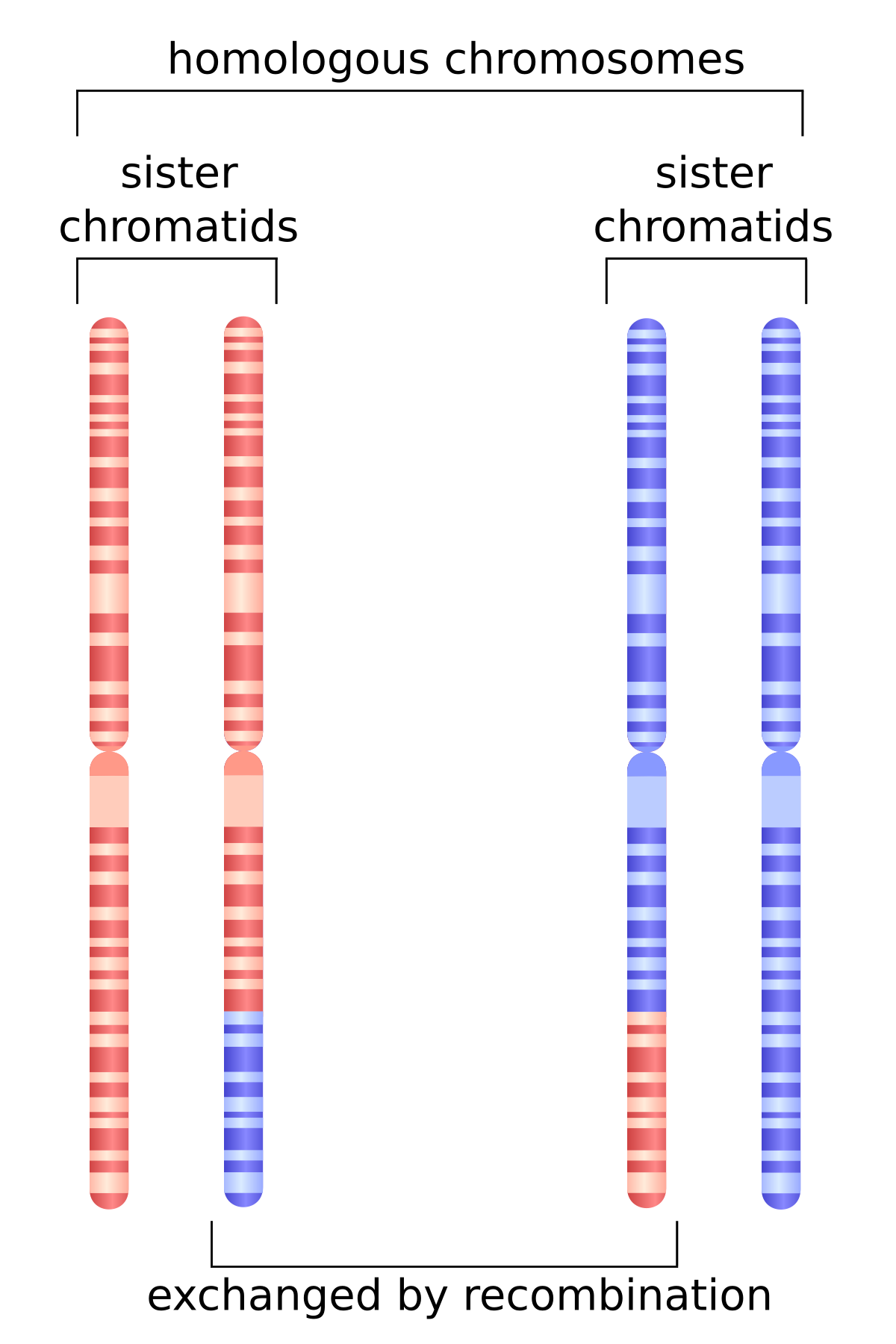



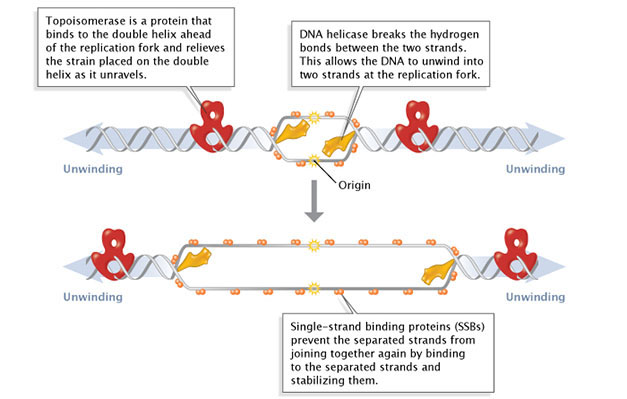



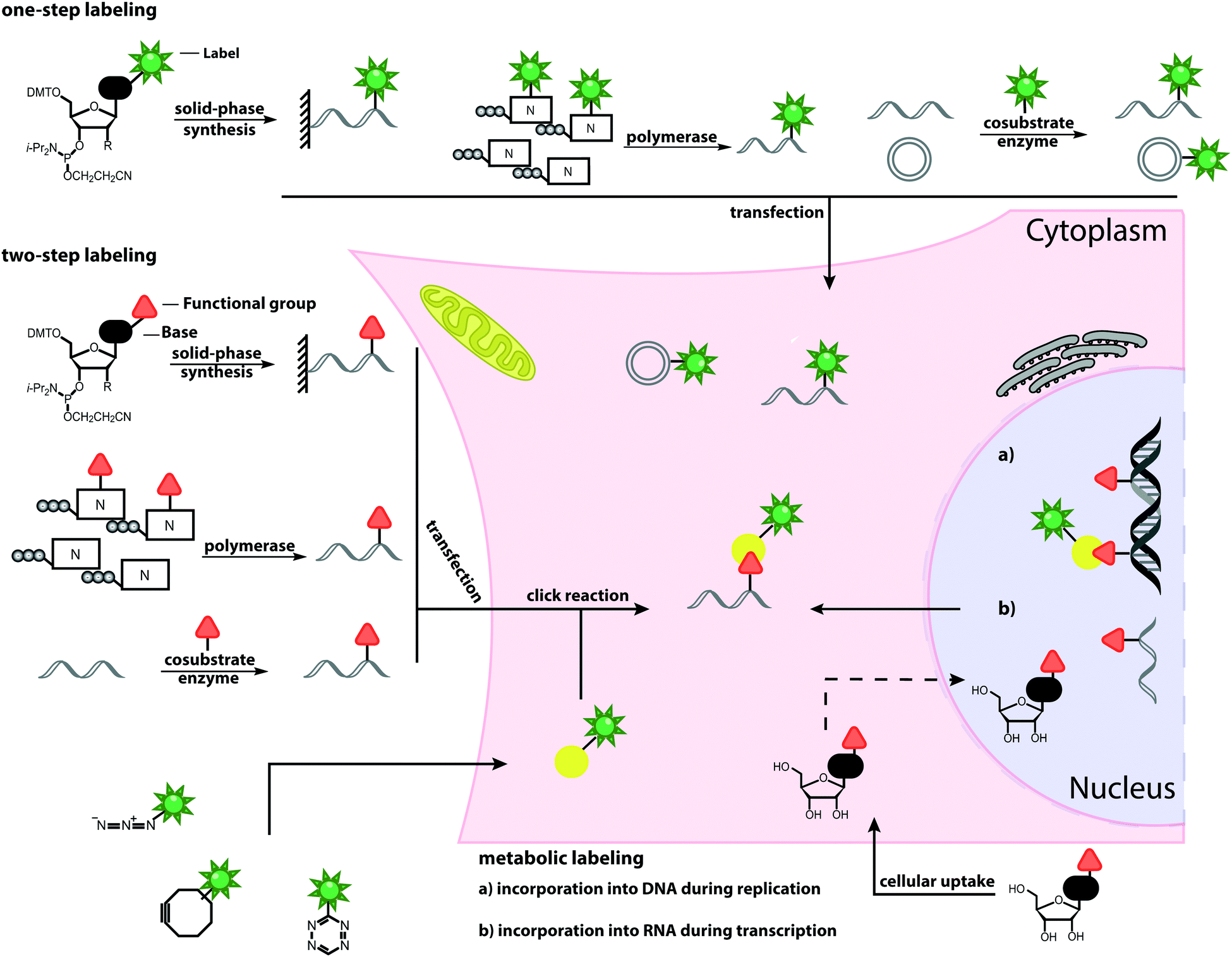

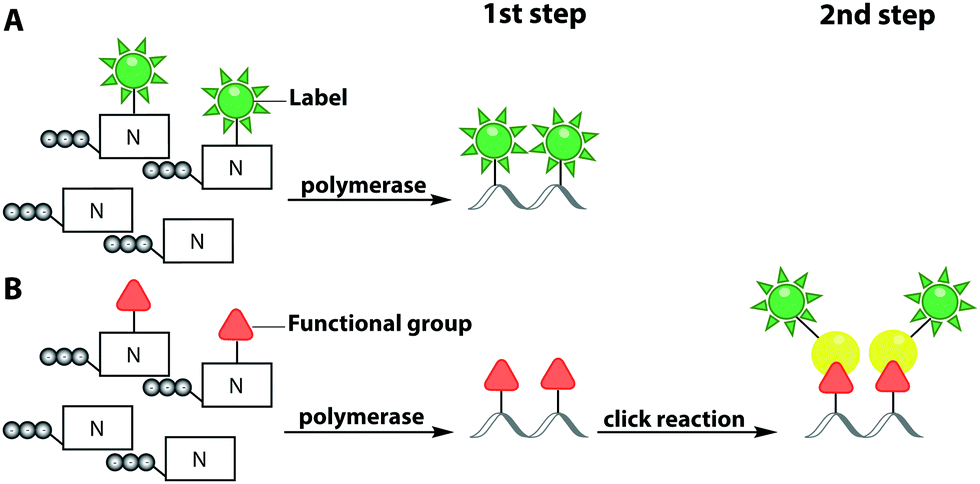


Post a Comment for "43 can you label the way nucleotides pair up in replicating dna?"